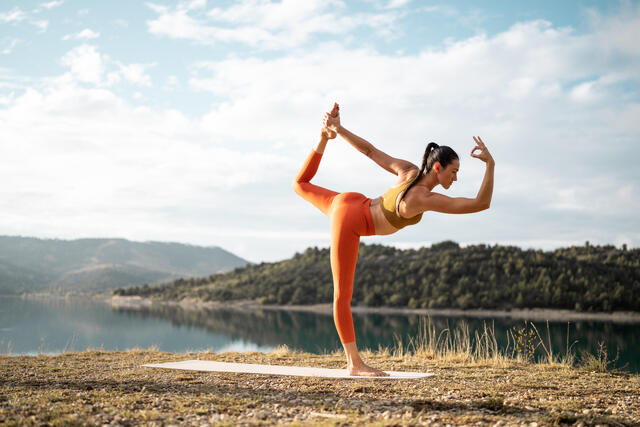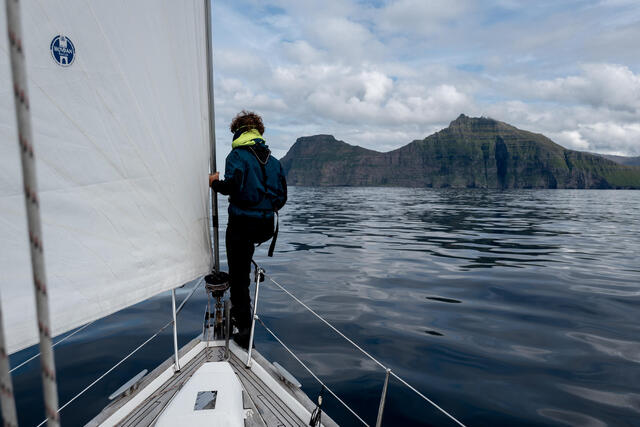THINGS TO CONSIDER WHEN CHOOSING A CLIMBING HARNESS
Choosing the right gear for climbing is crucial in not only ensuring you have an enjoyable and fulfilling experience but also ensuring your safety and well-being when climbing; whether that’s indoors, out in the mountains, on snow or rocky walls, we’ve put together three crucial factors to consider when choosing your climbing harness, we’ll go into more detail on each feature further down the article.





























